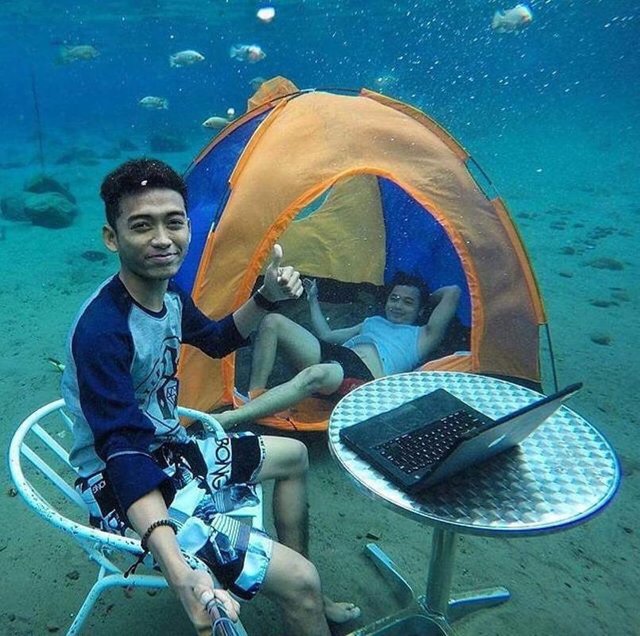USE SCIENCE (NOT SURGERY) TO CREATE YOUR BEST SELFIE
AROUND 2013, PLASTIC surgeons like Boris Paskhover started to notice a bizarre trend in their doctor’s offices. More and more young patients—under 40, as young as 20—were asking for nose jobs. In Paskhover’s office in New York, new patients would plop down, hand over their phone, and complain about how their schnoz looked in selfies. In turn, Paskhover would hand them a mirror and tell them to take a look. “This is what you really look like,” he says.
Selfies, particularly up-close ones taken at certain angles in front of the face, tend to distort the nose. It’s almost like the side view mirrors on your car—objects on camera may appear larger than they are. And it's not just Paskhover noticing the trend; a poll of the American Academy of Facial Plastic and Reconstructive Surgeons showed that 42 percent of surgeons have seen patients specifically looking to up their selfie game.
As Paskhover continued to see cases in his office, he became fascinated with what happens when people take up-close selfies—and he wanted to find a more scientific way to explain it to his patients. So he and colleagues at Rutgers University and Stanford University created a mathematical model to show how a camera's distance from a face changes perceived nose size.
They started with data from a National Institute for Occupational Safety and Health survey, one that has measured Americans’ heads for the past three decades to fit respirator masks. They used that info to build male and female heads of average width and nasal projection, measuring how wide the nose appeared to be relative to the face's width from ear to ear—the so-called bizygomatic breadth—at a number of camera distances.
Check the site on the first comment to know more

Great info
Good and useful info thanks for sharing